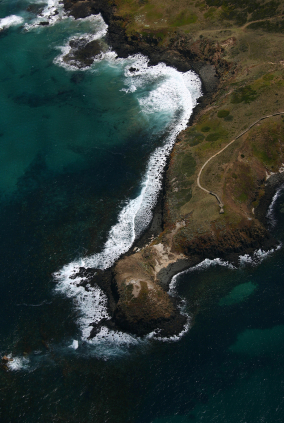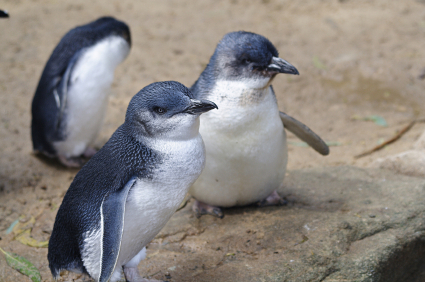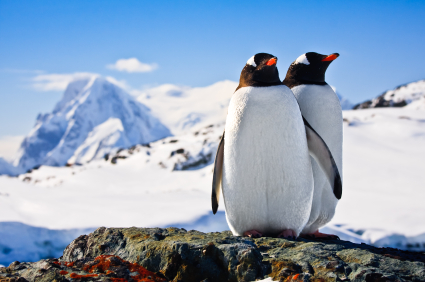|
If you're not a native Australian, you may never have heard of Phillip Island. If it does sound familiar, then you may be either a fan of motorsport or an animal lover. The island is home to several wildlife refuges including the Koala Conservation Center, the Phillip Island Wildlife Park and the Nobbies Center (a breeding ground for over 20,000 Australian Fur Seals). It's also (somewhat incongruously) home to the Phillip Island motor sport circuit, venue for the Australian Moto Grand Prix and events such as the 2011 Superbike World Championship.
 If you're anything like me, however, it will sound familiar because you jotted it down on your bucket list once when you heard it's one of the few accessible places on the planet where you can have a guaranteed encounter with wild penguins.
If you're anything like me, however, it will sound familiar because you jotted it down on your bucket list once when you heard it's one of the few accessible places on the planet where you can have a guaranteed encounter with wild penguins.
I suggest you dust off your bucket list and move the Phillip Island penguin parade closer to the top. It's definitely worth the visit, but it's also getting more commercialized, and Phillip Island is finding many of its wildlife numbers are decreasing, so the sooner the better.
The island is just off the coast of Victoria, about an hour and a half drive from Melbourne, and is linked to the mainland by a bridge, making it easily accessible year round.
The penguin experience is available every day, but is strictly controlled. No photography of any kind is allowed. It used to be only flash photography that was banned but apparently this proved too difficult to police - and policed it will be. The rangers are fiercely protective of the penguins, and I don't blame them. Visitors watch from behind a barrier and approaching the penguins on the beach is likely to get you escorted back to your car be a burly Australian in a very bad mood.
 Each evening at dusk the Fairy penguins (also known as Little Blues) surf in to the beach, fresh from their latest fishing expedition, arriving in groups (apparently when you're only sixteen inches tall there's safety in numbers), and make their way up the beach towards the safety of their burrows.
Each evening at dusk the Fairy penguins (also known as Little Blues) surf in to the beach, fresh from their latest fishing expedition, arriving in groups (apparently when you're only sixteen inches tall there's safety in numbers), and make their way up the beach towards the safety of their burrows.
In spite of the controlled atmosphere, the penguins are truly wild. There are no fences or other penguin containment devices. (You're even warned to check for stray penguins under your car before leaving the parking lot).
The highlight of the experience is probably not watching the penguins come ashore and scurry across the beach, but hanging back to watch them returning to their burrows. Boardwalks built across the dunes allow you to observe them safely as they make their way home. It put me in mind of crowds of people returning home after a local sports event or town parade, tired but happy in their own little groups and cliques.
They toddle back to their burrows, sometimes alone, sometimes in couples, groups, and families. Attributing human characteristics to animals is one of my (many) childlike failings, but with these guys you have to forgive me. The youngsters seem to alternatively strut and dawdle like teenagers not quite ready to turn in for the night and pushing their curfew. The smaller ones trail behind and then suddenly look worried that they've got too far away. There are grumpy old men and couples where one half seems to be shepherding the other, wing outstretched across its shoulder, back home before it gets too dark.
 Ellen Degeneris once said:
Ellen Degeneris once said:
"Penguins are monogamous , they mate for life, which doesn't surprise me that much because they look exactly alike. It's not like they're gonna meet a better-looking penguin someday.”
She may have a point, but I defy anyone to watch the Phillip Island penguins hustling on back to their burrows and not spot a whole range of different characters. As for one being no better looking than the next? If you ask me they're all gorgeous.
More Imformation
The Phillip Island Guide
Article
Phillip Island Nature Parks (PINP)
Article
|